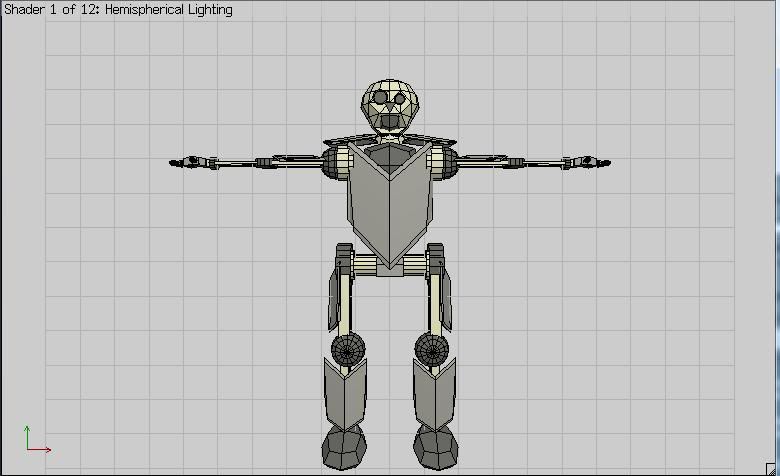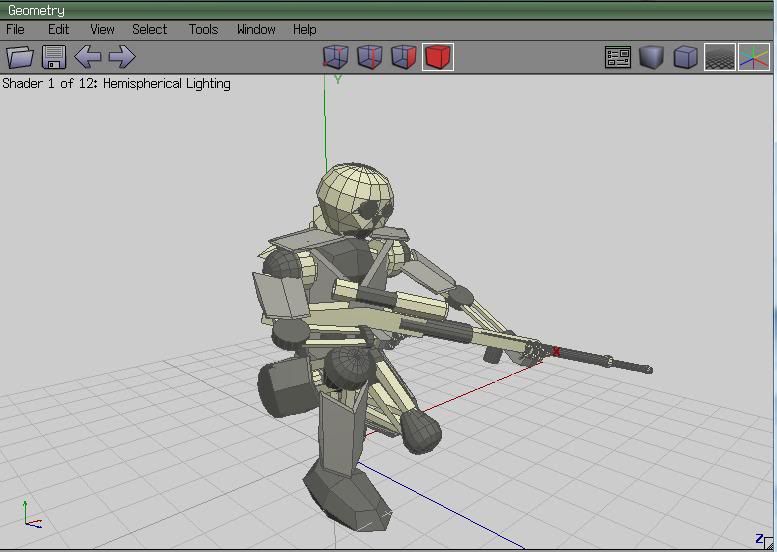A
Anonymous
Guest
You mean that they are so bright in the directions that get sunlight on them?
Go and edit the materials and change the colouring specifications, you can darken some (I think that it's the Diffuse one) of the sliders to reduce the "glowing" of the surfaces.
Also if you are trying to reduce the number of vertices on each segment, then you can remove 6 nodes on each arch to reduce it further... (remove the node that appear when you bevelled the edges)
Go and edit the materials and change the colouring specifications, you can darken some (I think that it's the Diffuse one) of the sliders to reduce the "glowing" of the surfaces.
Also if you are trying to reduce the number of vertices on each segment, then you can remove 6 nodes on each arch to reduce it further... (remove the node that appear when you bevelled the edges)



